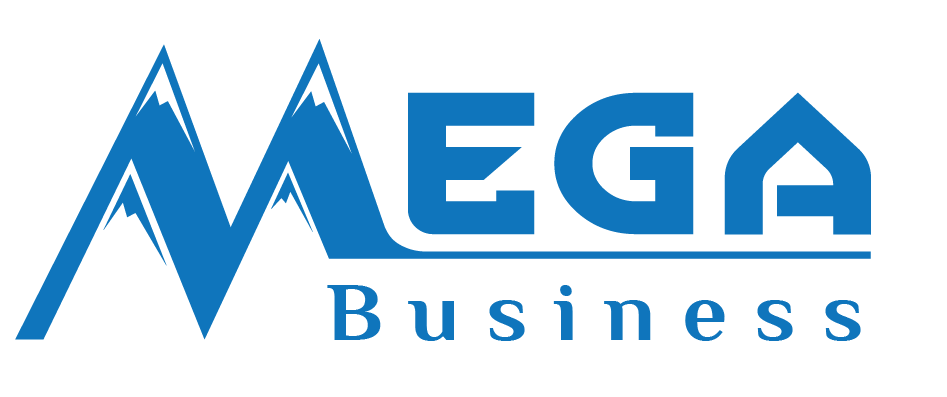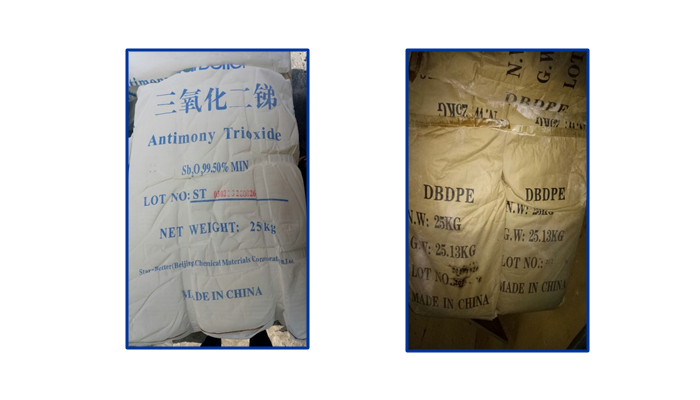
ANTIMONY TRIOXIDE(ATO) AND DBDPE FLAME RETARDANT AGENT
Antimony trioxide is an inorganic compound, its chemical formula is Sb2O3. It is the most commercially important compound of the element antimony. This compound is commonly found in nature as the valentine and senarmontite minerals.
FLAME RETARDANTS SUITABLE FOR EACH RESIN
FLAME-RETARDANT FINISHING OF COTTON FABRIC
DEVELOPMENT OF FLAME RETARDANTS
INTRODUCTION TO DIOCTYL ADIPATE (DOA)
ANTIMONY TRIOXIDE(ATO) AND DBDPE FLAME RETARDANT AGENT
1. Definition
Antimony trioxide is an inorganic compound, its chemical formula is Sb2O3. It is the most commercially important compound of the element antimony. This compound is commonly found in nature as the valentine and senarmontite minerals.
Chemical structure:

DBDPE or Decabromodiphenyl Ethane is a widely used effective environmentally friendly flame retardant additive. Its advantages are good thermal stability, high bromine content, strong UV resistance, and low toxicity, etc It is widely used in high polymer stylization, engineering thermoplastics, wire, cable sheathing, insulators, elastomers and thermosetting plastics, etc.
Chemical structure:

2. Mechanism of DBDPE and Antimony
The actions of flame retardants in the gas phase involve interference with combustion processes, resulting in reduced flame propagation and heat return to the material. However, the inhibitory properties of flame inhibitors in the gas phase are also affected by the flame and the properties of the inhibitor.
The main mechanism of flame retardation in the gas phase involves dilution of the inert gas and chemical quenching of the active radicals. The dilution effect refers to the release of non-combustible gases during combustion, diluting the oxygen supply to the flame, or diluting the fuel concentration below the flammability limit.
Most metal hydroxide and carbonate additives work this way. Their thermal decomposition is endothermic and produces large quantities of non-flammable gases, such as H2O and CO2. On the other hand, the reaction involves the decomposition of the flame retardant into radical-holding radicals H • and • OH, basic flame transfer radicals to terminate the exothermic reactions of the combustion cycle.
Depending on the chemical nature of the additive, the mode of inhibition in the gas phase can vary. As one of the most widely used flame retardants, halogen-containing (RX) additives such as DBDPE are active by interfering with the combustion cycle in the gas phase, where the primary combustion radicals (• OH and H •) are removed by the decomposed halogens (Equation (1) - (4)) thereby interfering with their oxidation. As a result, the effective flame retardant is HX, which is replaced by the less reactive X • type and regenerated by the chemical equation (2). The difference in the effectiveness of halogen-containing flame retardants is due to the ratio of equations (3) and (4). Accordingly, the effective order of halogens is F.
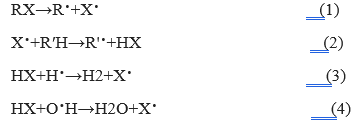
Antimony oxide is often used as an adjuvant with halogen-based flame retardants. Antimony oxide acts in the gas phase by facilitating the transfer of halogens and antimony into the gas phase to inhibit the flame. It has been proposed that antimony oxide is converted to volatile antimony species, which act as an effective radical disrupting the combustion cycle. The suggested sequence of reactions is as follows:
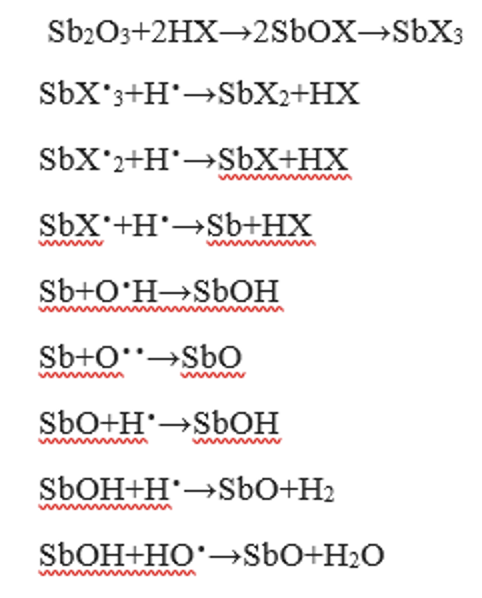
Thus, to achieve the best flame retardant effect for products from plastic, rubber, etc, it is necessary to combine both antimony oxide and DBDPE according to the ratio recommended by the manufacturer.
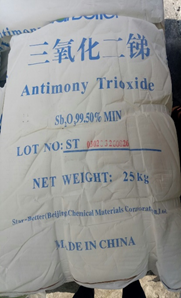
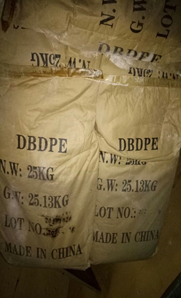
Currently, Mega Chemical Vietnam has been widely developing Antimony trioxides such as 99.8% and 99.5% Antimony trioxide. Decabromodiphenyl Ethane is DBDPE. With experience in the field of rubber and plastic and high-quality products, Mega is always a reliable partner and accompanies you to success.
Contact
MEGA VIETNAM
Office address: Floor 2-A2-IA20, Nam Thang Long Urban Area, Pham Van Dong Street,
Dong Ngac Ward, Bac Tu Liem District, Hanoi City, Vietnam
Tel: (+84) 24 375 89089; Fax: (+84) 24 375 89 098
Website: megavietnam.vn
Hotline: 1800.577.728 Zalo: 0971.023.523
